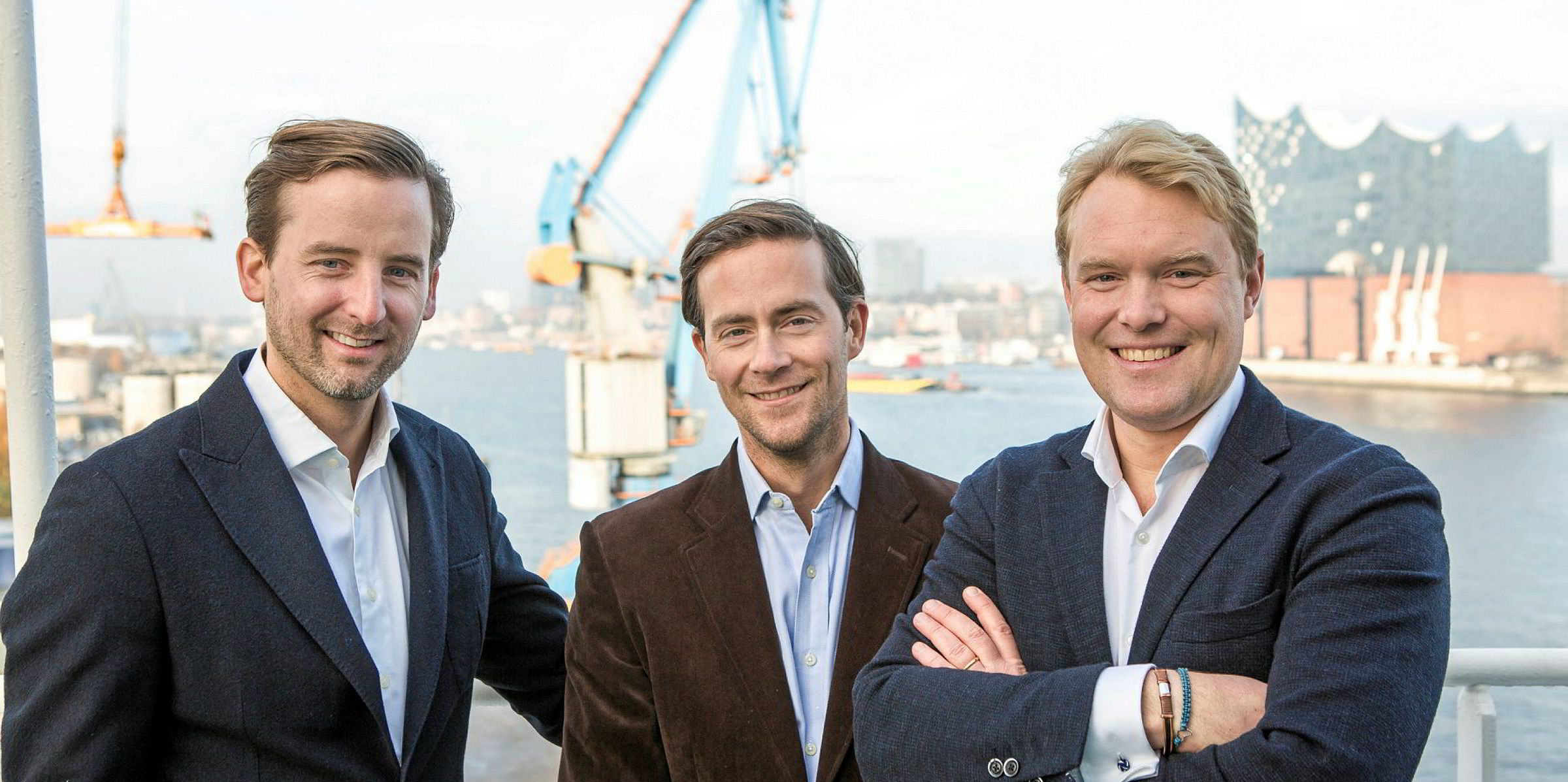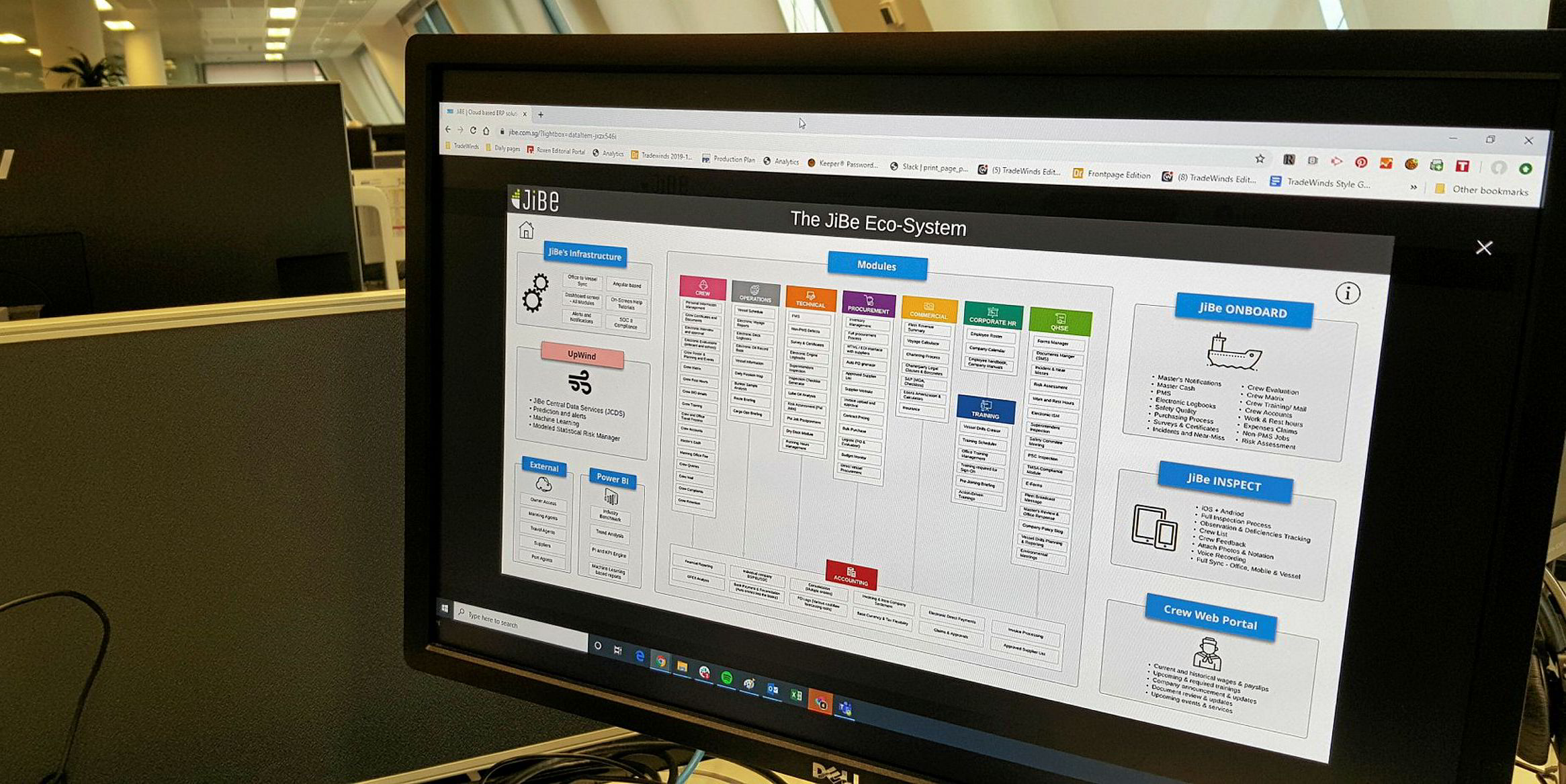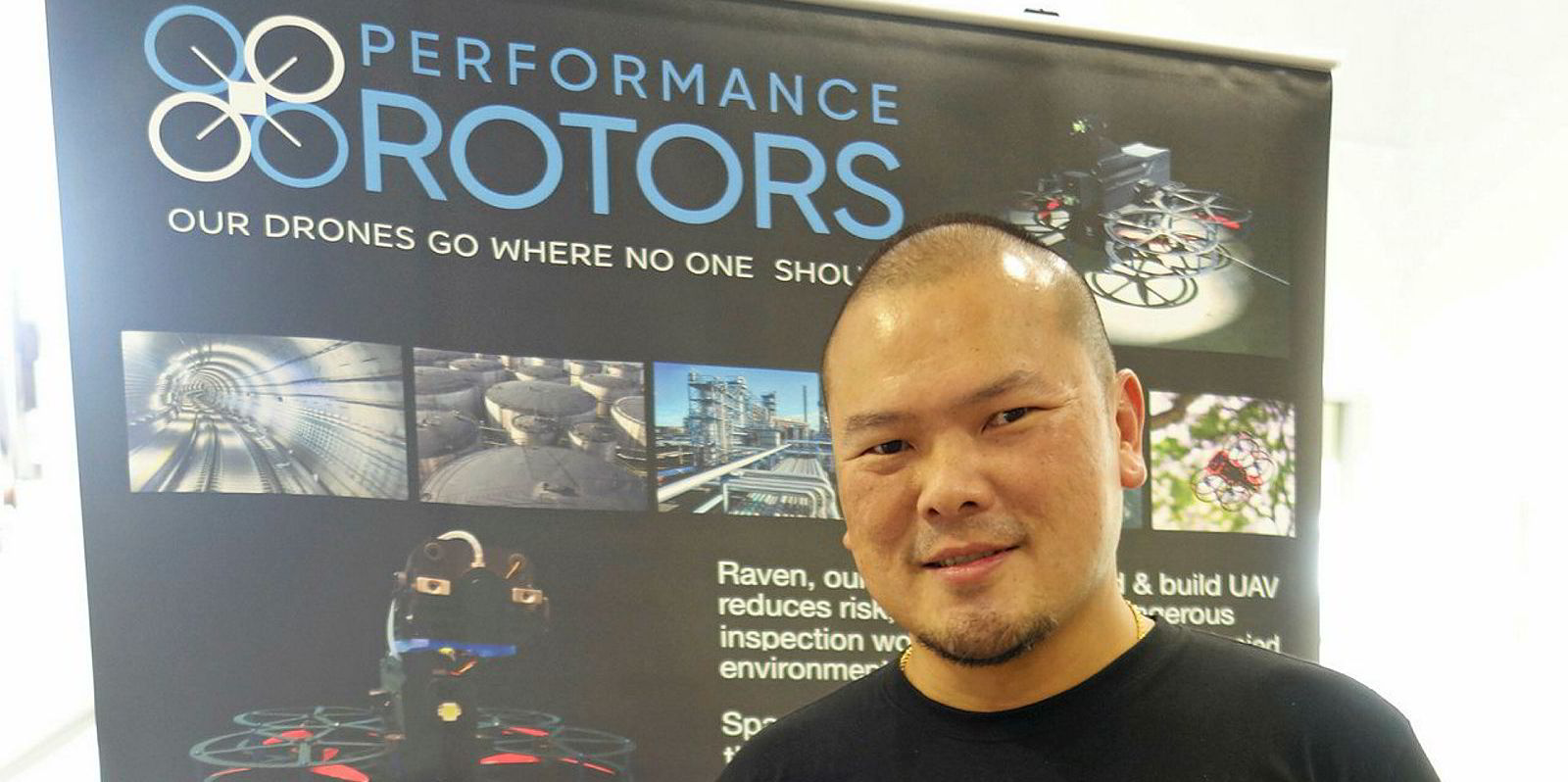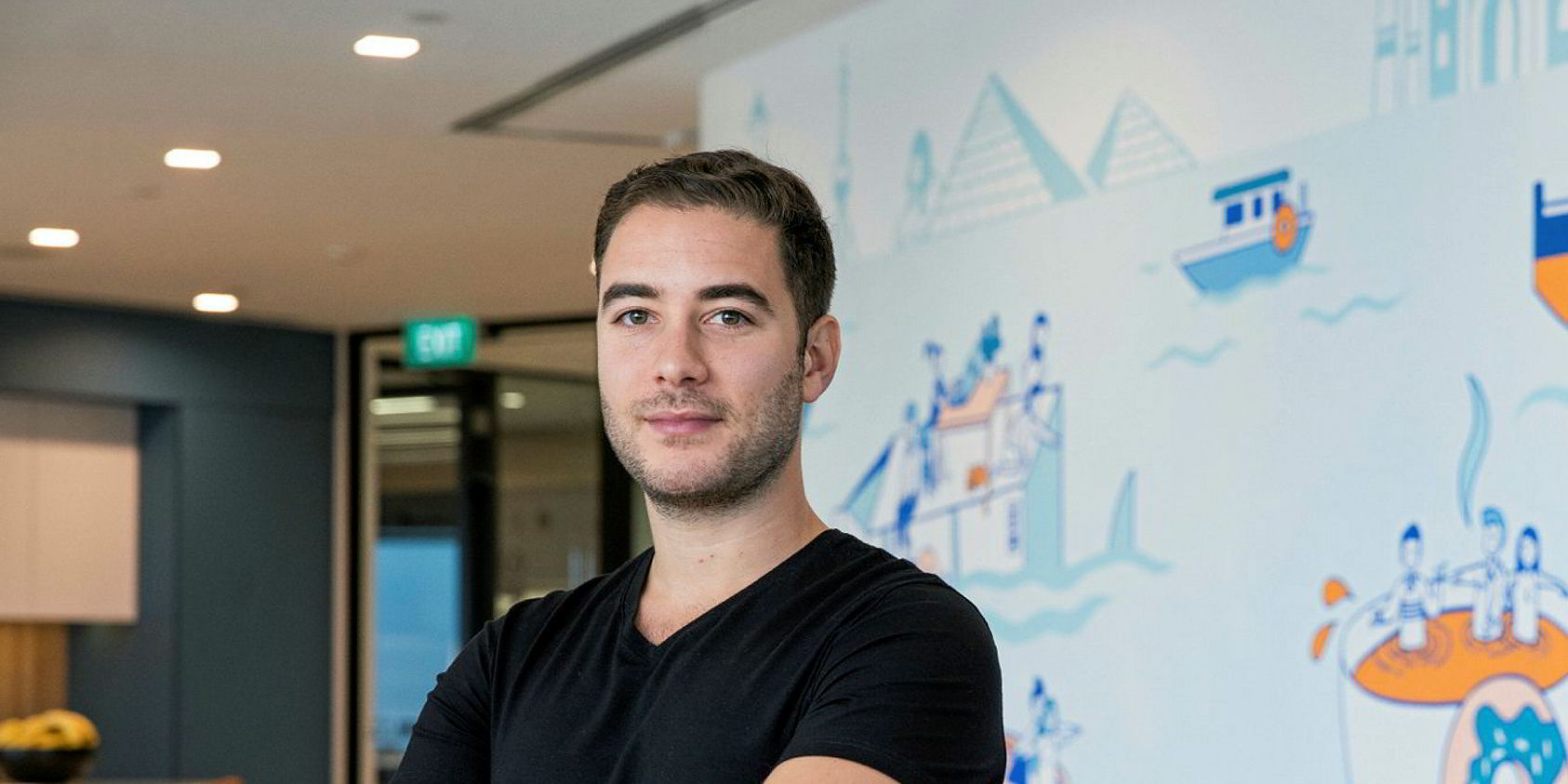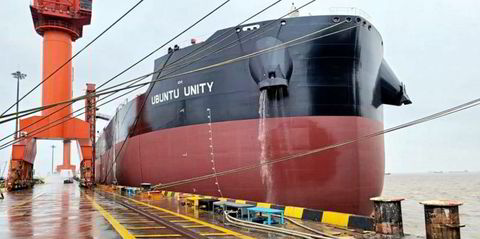Clarksons has lifted the veil on Sea/, the software platform that it says enables users to fully digitalise the process of trading vessels commercially.
The platform — which is a major strategic step for the shipbroking giant — has been developed and launched through a new subsidiary, Maritech Services, which is headed by Clarksons staff.
Jeff Woyda, Clarksons' chief financial officer and chief operating officer, told TradeWinds the platform is "the end-to-end freight process for bulk shipping".
"Not only do you get reduced risk and increased efficiency, but you actually get a degree of control that you never had before within an organisation," said Woyda, who is also Maritech's chairman.
According to Maritech, Sea/ offers tools to digitalise workflows and make them more efficient for use by charterers, shipowners, operators, traders, analysts and brokers.
Sea/ is ring-fenced from Clarksons' day-to-day shipbroking operations.
The platform was quietly launched over a year ago with its own website, but Clarksons has been reticent to comment in detail publicly.
Sea/ is used by 4,500 firms across 10 markets, the company said. Among the users are Cargill, Glencore, Vitol, Total, Mercuria and Norden.
The product
The Sea/ platform itself is a cloud-based product, available to its subscribers on any device without the need to download software, although an ancillary app is also available.
Users can subscribe to up to eight modules for the platform, which can be used separately or together. More modules are in development.
According to its creators, Sea/ aims to provide better-informed trading strategies, facilitate stronger collaboration between market participants and provide the operational tools needed to complete transactions.
The platform can be used for any vessel trade — from specialised chemical tankers to bulkers — for chartering and even sale and purchase.
Woyda said development of the platform was inspired by the needs of Clarksons' diverse clientele.
"Whatever type of vessel, whatever type of trade you're doing, you fundamentally would like to aggregate all of them and see everything in one place,” he said.
Different modules
The platform's Sea/net module, which is also available via the Clarksons Research portal, enables users to gather a picture of the market by tracking vessel positions, managing notifications and detecting weather patterns.
Another module, Sea/calc, allows users to work out how to save time and costs for their fixtures with calculations based on the platform's real-time distance algorithms.
Users also have access to a dashboard with futures pricing and live market rates.
Documentation can be streamlined and centralised using the platform for more efficient contract processes that can be shared securely between parties.
Users can monitor and analyse the performance of their fleet using the Sea/gateway module, which provides vessel positions and commercial and operational data in real time.
Another module allows users to react to emergencies offshore and to coordinate responses.
The platform also comprises a secure, compliant instant messaging system for desktop and mobile, which collates all the communications associated with a deal in one place.
"The process really has been very manual in so many ways for a very long time within the shipping industry," Woyda said.
"The degree of manual error, risk, and the like is such that really what everybody needs is a unified platform — irrespective of trade type — that enables them to maximise efficiency and minimise risk."
Maritech
Maritech Services, the company through which Clarksons has developed Sea/, was incorporated in 2016 and was known as Clarksons Cloud until last March.
Ownership of the company was transferred from the shipbroker to Maritech Holdings in May 2019, but Clarksons remains Maritech's ultimate parent company.
Sea/ was intentionally developed through an entirely separate business entity, to protect the data and confidentiality of both companies' respective clients.
This separation also extends to the hardware and software used by both firms, as well as user access and security measures.
The two are even represented by separate public relations firms.

